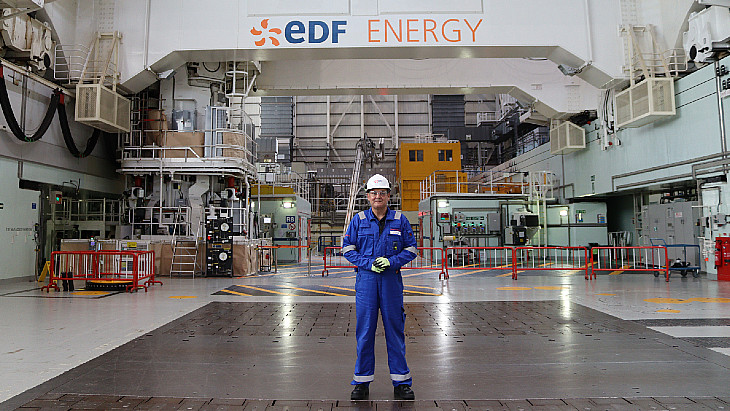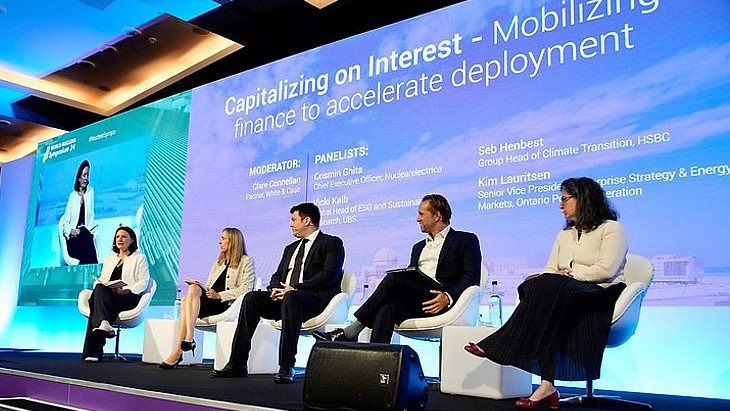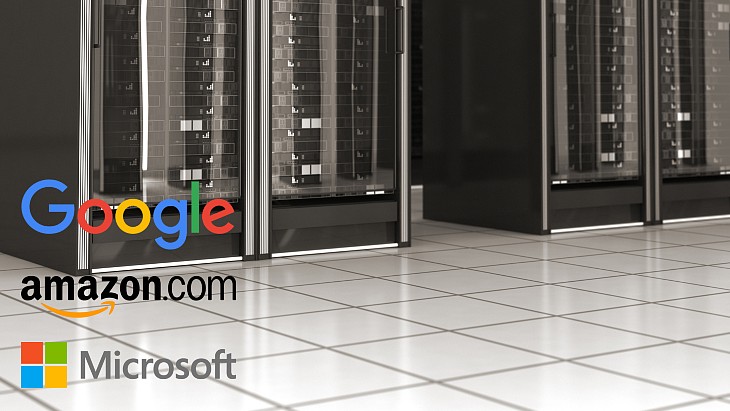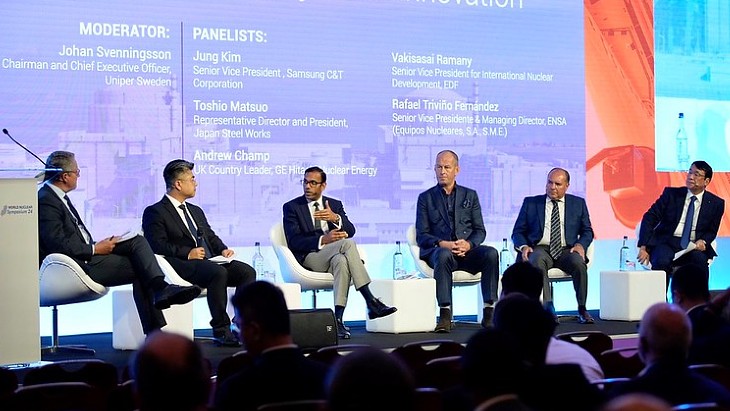Viewpoint: The communications challenge for nuclear energy's revival
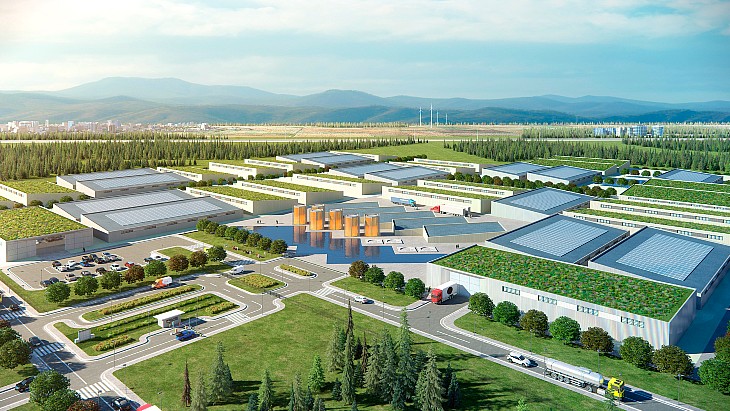
The past few years have seen the nuclear energy sector go through an extraordinary transformation. From nuclear power plants shutting down prematurely in Europe and the USA, we are now seeing a wave of new plants entering service and next-generation designs such as small modular reactors (SMRs) on the cusp of breaking ground on construction.
The tide has shifted dramatically in favour of nuclear energy, spurring a major shift in growth projections. The industry has shifted from its historical defensive crouch to lean toward the future. This requires a shift in mindset as well as strategy as companies move from development to implementation, from ideas to shovels in the ground.
The secret is that nuclear energy’s comeback story is not just about new technology but about new business approaches and new ways to identify and engage customers, investors, communities, and others. It is about how we beef up how we communicate the industry's advances as part of business models positioning the industry for the future. A host of factors are shaping how we do this.
The war in Ukraine has highlighted how nuclear energy supports energy security as supply disruptions caused global natural gas prices to spike. This has coloured the thinking of energy policymakers and seen them reconsider plans to shut down existing nuclear plants and prompted consideration of building new ones.
Although policymakers previously touted nuclear as part of the long-term solution to reducing emissions, concerns about energy security have made resilience a more immediate concern. While the answer is still nuclear energy, the route to this answer has changed, and the topic is higher on the priority list for nations previously reliant on gas supplies originating in Russia.
Consequently, growth projections for nuclear growth projections have been revised steadily upward, with most predicting a doubling or tripling of global capacity by 2050. The International Atomic Energy Agency (IAEA) just raised its growth scenario for 2050 for nuclear energy for the third year in a row because of growing clean energy demands along with concerns about energy security.
"Climate change is a big driver, but so is security of energy supply,” said IAEA Director General Rafael Mariano Grossi when the agency announced the new projections.
We have made great progress in recent years building support for nuclear energy. Support for nuclear energy in the USA has risen steadily and has remained at record levels for the past three years, with 76% in favour, according to an annual survey by Bisconti Research.
Nuclear energy’s advantages are drawing new countries to consider using the technology for the first time, as they look to reduce their reliance on fossil fuel imports and pursue their clean energy/net-zero emission goals.
For many, smaller plants such as SMRs are better suited to their budgetary constraints and existing infrastructure, and now advanced nuclear designs are expanding the range of applications that plants can meet, such as desalination, industrial heat and charging electric vehicles, as well as simply replacing fossil-fired power plants to make electricity.
As small modular and advanced reactors move toward starting construction in North America and Europe, with plans of entering service around 2030, how will they navigate these next steps?
Meanwhile, there is still interest in large nuclear plants in countries with strong electricity demand growth. Recent completions of large plants in Finland, UAE, USA and elsewhere have buoyed expectations of signing new supply agreements.
But large or small, developers will need to ensure enduring policy landscape, secure investment, complete engineering work, construction plans, sign supplier agreements, gain regulatory approvals and engage with potential host communities for the plants. Achieving all these things requires effective communication and engagement activity, over significant timescales. That in turn requires an in-depth understanding of these stakeholders, their concerns, their influencers and their constraints.
At Full On Communications, we have observed this evolution firsthand. Nuclear industry colleagues have begun to recognise that communication is no longer simply press releases and a website. Successful engagement requires integrated planning and implementation to make real connections, build trust and foster mutual understanding.
Shifting from dogmatic insistence backed with data and diagrams, to a two-way dialogue, predicated on listening first and then responding empathetically, is key. Sometimes this may be face-to-face and sometimes virtually via webinars and channels such as social media.
The role of trusted independent voices in these discussions is also critical - be they technical experts or trusted representatives within a stakeholder group.
Alongside technological developments, we have responded to this shift in the industry’s thinking and reflected on how our work has broadened from traditional communications advice to a more multi-faceted art form. With this coordinated array of activities, we can better connect with stakeholders and explain how nuclear energy contributes to making people's lives better.
And we have seen some important successes along the way. With the wind at its back, nuclear energy is poised to play a much larger role in solving our energy and climate challenges. That is why expanding our scope to communicate in a more holistic sense about the business of nuclear energy is critical to navigating the way forward.
